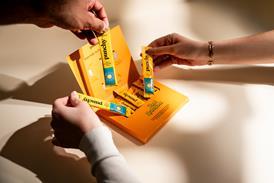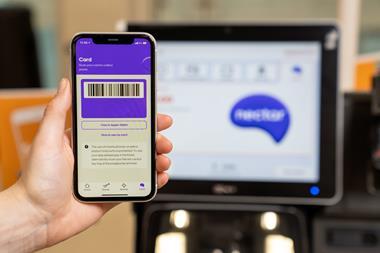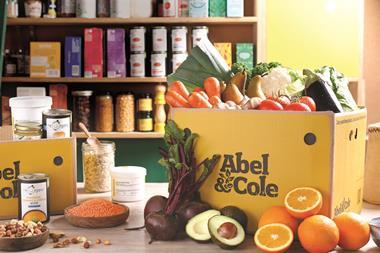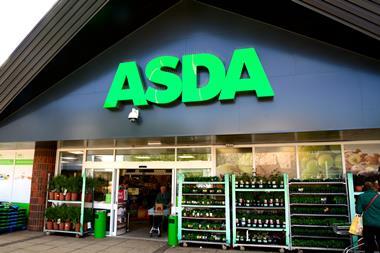We may be two decades into the UK's wine revolution but the trade has done little to make the whole business of buying wine any easier, less intimidating or more pleasurable. Shoppers still tend to approach the wine aisle in a state of mild apprehension, unsure of what they should be looking for or where they will find it - but maybe not for much longer.
Sainsbury's has become the latest, and biggest, retailer to have a stab at demystifying the category, by dividing its own-label offer into six easily understood categories branded according to taste profiles. It's the most revolutionary thing to happen in wine retailing since - well, the last time a retailer divided its range into six profiles.
That was in 2004 when Phillips Newman, a posh outpost of the doomed Unwins, was launched, doing away with merchandising according to country of origin. So can Sainsbury's succeed where Phillips Newman failed?
Under the Sainsbury's scheme, red wines will be labelled 'light & elegant', 'smooth and mellow' or 'rich and complex' , while whites will be labelled 'crisp & delicate', 'soft & fruity' or 'complex & elegant'. The language is remarkably similar to that used by Phillips Newman, whose reds were 'fruity', 'mellow' or 'chunky' and its whites 'bright', 'smooth' or 'rounded'.
There's no reason Sainsbury's scheme shouldn't work. Phillips Newman's scheme was aborted not because it was flawed - customer feedback was positive - but because its parent went bust.
"Had Unwins not been in the financial situation that it was, there was big potential for it," believes Ian McLernon, who was its managing director . "The idea behind it was fine. Consumers were totally confused about wine buying. They were buying into brands, but in our focus groups we were saying to them 'what is it you like about Jacob's Creek?' It always came back to how it tasted, rather than the country. They were using language like 'chunky', 'bold', 'fruity' and 'mellow' - their language rather than wine-speak."
Phillips Newman isn't the only retailer, however, to have already experimented with taste-based classification. In 1996-97 Asda reviewed its entire range, gave all wines a code to denote flavour profile, then instructed managers to completely rebuild their wine fixtures. However, execution in stores proved a problem and the initiative never took off.
"Many stores didn't have the resources to spend a weekend remerchandising, or didn't want to," says Nick Dymoke-Marr, a buyer at the time. "There were clear merchandising guidelines for each branch and the ones that got it right achieved a staggering increase in sales. But these were few and far between. We were probably ahead of our time."
Sainsbury's is erring on the side of caution. It is not planning to remove its new-look own-labels from their country-of-origin berths, which given recent research suggesting nationality is only the sixth-most important purchasing cue for consumers may not be a great move. But if Sainsbury's can make taste-based profiling work, it would establish a new blueprint for the way consumers buy wine, believes McLernon.
"If Sainsbury's does it properly and not just at half-cock it could revolutionise things," he says. "It's consumer-led rather than trade-led. Wine growth is going to slow down, penetration can't get any higher and someone needs to do something quite radical. This is selling wine the way people want to buy it. The challenge will be to bring it to life on the fixture."


















No comments yet